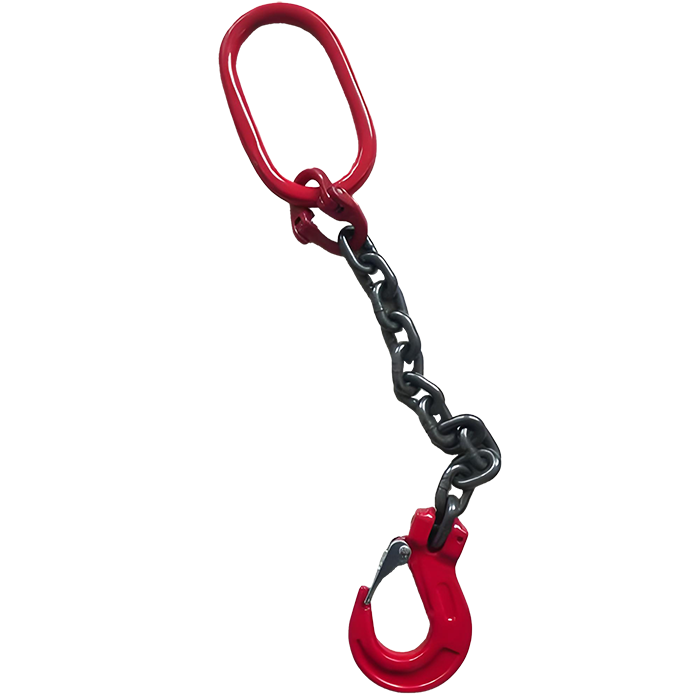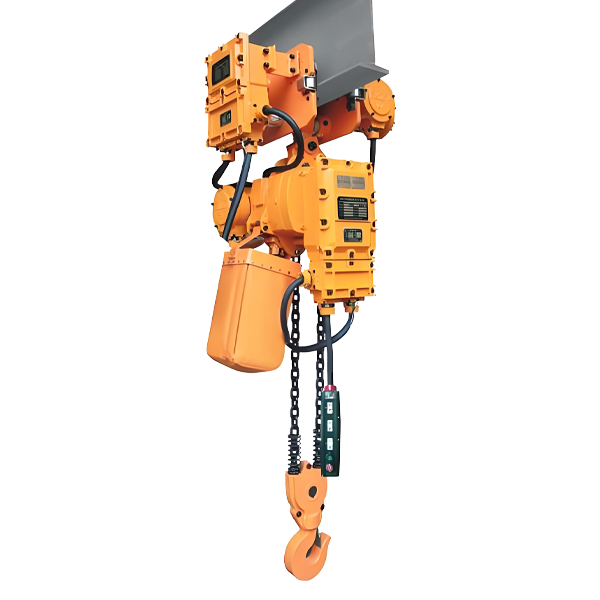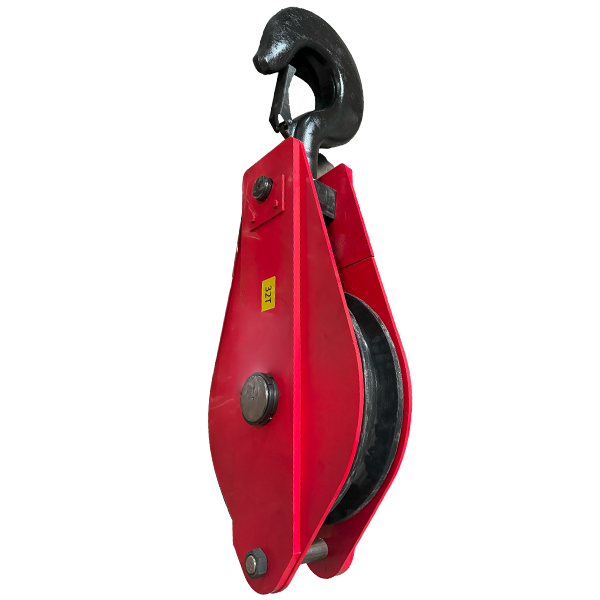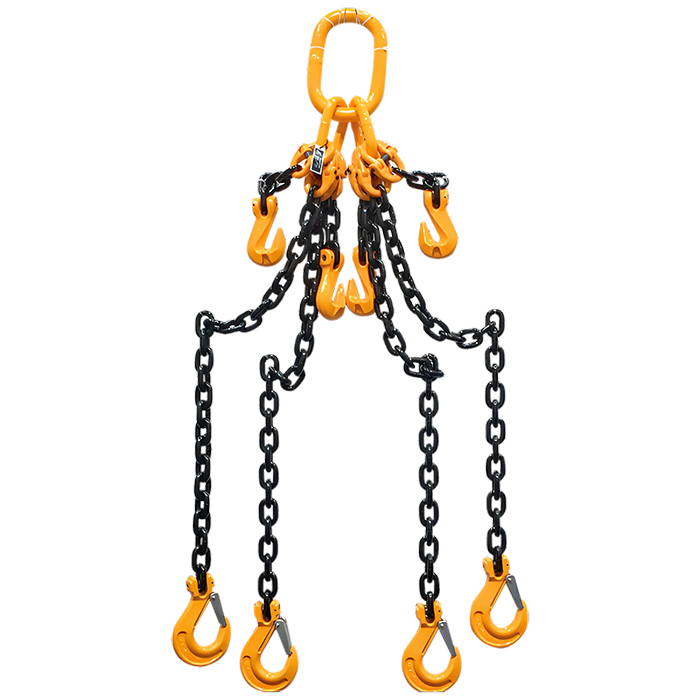Importance of Hand Chain Hoist Maintenance & Best Practices for Longevity
Hand chain hoists are indispensable tools in factories, warehouses, and construction sites, valued for their simplicity and efficiency. However, many users underestimate the importance of proper maintenance, believing that occasional cleaning and oiling suffice. In reality, regular, systematic maintenance is critical to ensuring the longevity, safety, and reliability of these devices. Below, we outline the importance of hand chain hoist maintenance and the core principles to follow.
Why Maintenance Matters for Hand Chain Hoists
Neglecting maintenance can lead to costly consequences:
Extended Lifespan : Proper care prevents premature wear and tear, reducing replacement costs.
Enhanced Safety : A well-maintained hoist minimizes the risk of mechanical failure, protecting workers from accidents.
Improved Efficiency : Clean, lubricated components operate smoothly, ensuring optimal lifting performance.
Cost Savings : Routine inspections catch minor issues early, avoiding major repairs or downtime.
Without maintenance, corrosion, friction buildup, and part degradation can render the hoist unreliable—a risk no workplace can afford.
Core Principles of Hand Chain Hoist Maintenance
1. Regular Inspections
Frequency : Conduct daily visual checks before use, and perform thorough inspections monthly or after heavy use.
Key Areas to Check :
Chains and Hooks : Look for cracks, stretching, or deformation.
Gear Mechanisms : Ensure smooth movement and no unusual noises.
Lubrication Points : Check for dried or contaminated oil.
2. Cleaning and Lubrication
Cleaning :
Wipe down the hoist after each use to remove dust, dirt, or chemical residues.
Use a soft brush or cloth; avoid high-pressure water jets that may damage seals.
Lubrication :
Apply high-quality lubricant to moving parts (e.g., gears, pulleys) as specified by the manufacturer.
Avoid over-lubrication, which attracts dust and creates mess.
3. Corrosion Prevention
Storage : Store the hoist in a dry, ventilated area away from moisture and humidity.
Coatings : Reapply protective paint or rust-preventive sprays to areas where paint has chipped.
Post-Use Care : Dry the hoist thoroughly after exposure to wet or corrosive environments.
4. Timely Repairs and Replacements
When to Act : Replace worn-out parts (e.g., frayed chains, damaged gears) immediately.
Professional Help : For complex issues, consult certified technicians to avoid improper fixes.
Step-by-Step Maintenance Checklist
Follow this routine to keep your hand chain hoist in top condition:
Daily Checks :
Inspect for visible damage (e.g., cracks, rust).
Ensure the brake mechanism functions correctly.
Weekly Tasks :
Clean surface dirt and debris.
Lubricate moving parts.
Monthly Inspections :
Test load capacity with a light test lift.
Check for loose bolts or misaligned components.
Annual Overhaul :
Disassemble and clean internal mechanisms.
Consult a professional for a comprehensive assessment.

Proper maintenance is not optional—it’s a necessity for safe, efficient, and cost-effective operation of hand chain hoists. By adhering to the principles of regular inspections, cleaning, corrosion prevention, and timely repairs , you can extend the hoist’s lifespan and reduce workplace risks. Prioritize maintenance as part of your operational routine to maximize productivity and safety.





